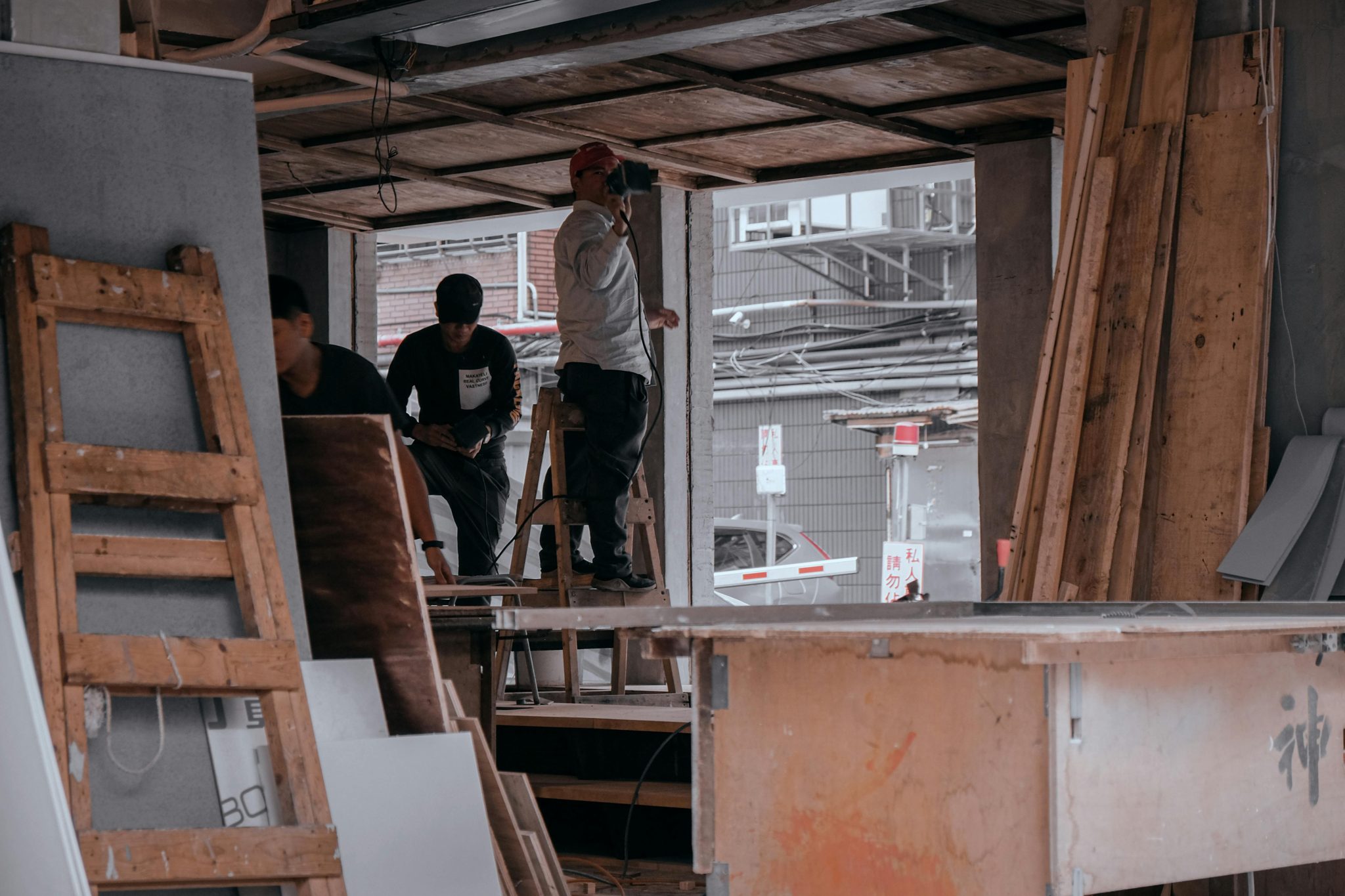Facing serious damage to your place, whether from fire, flood, mold, or storms, doesn’t just disrupt your routine. It rattles your sense of safety. You likely need fast guidance and a plan that walks you through cleanup, drying, and rebuilding in a clear way. Experts who manage everything, from emergency board-up to deep cleaning, drying, and rebuilding, help you move forward confidently. You won’t hear the exact keyword here, but its spirit is woven through: bringing a site back after damage, full of know-how, care, and method.
Here’s a straightforward play-by-play to get your place back on track without overload:
Check the Damage Right Away
Walk through the scene, noting what’s clearly broken, like walls, ceilings, floors, wiring, ducts, and insulation. Note water stains, charred areas, mold spots, or odd smells. Snap photos, jot observations, and even video record the troubled areas. Doing this early supports your claims and helps experts see the big picture. Be precise and don’t skip a corner. Keep digital images dated and stored safely. You’ll avoid confusion with fast documentation. And when you talk with adjusters or teams, you’ll speak clearly. This early step sets the tone for a smooth recovery process.
Tap Support from a Trusted Recovery Team

Local restoration providers with decades behind them can help manage everything, from cleanup to restoration. They can respond 24/7, offering services such as emergency board-up, drying and humidity control, mold removal, smoke cleanup, and even large-loss recovery without breaking focus. They stay with you from the initial call to the final walkthrough. Their property restoration teams work fast and closely with insurers. That level of service shows why having a strong support partner matters.
Document Every Detail for Claims
Capture everything: take photos of every zone, from rooms to stored items, even outdoor fixtures. List what’s damaged, broken, or at risk. Include dates, timestamps, and where you found each issue. Keep digital backups in the cloud or external drives. Organize by area or content type. This clarity helps insurance adjusters track loss and saves time later. It also helps you later match what gets replaced or cleaned. Your clear record becomes your guide and your ally in pushing the process forward without confusion.
Keep Safety Front and Center
Safety comes first. Damage may hide hazards, like mold spores, soot residue, contaminated water, and unstable structures. Don’t enter unsafe areas. If you must go in, wear gear, like gloves, a mask, and boots. Watch for loose wiring, wet wood, or slipping. Shut off the electricity if there’s water. If smoke odor lingers, ventilate with fans. Call qualified responders to test or clear unsafe zones. Your health isn’t worth the risk. Keep everyone out until it’s safe—your proactive care protects both people and progress.
Secure the Site to Stop More Harm
Open windows, missing panels, broken doors let in water, pests, or theft. Cover exposed openings with tarps or board up compromised frames. Some restoration teams include emergency board-up in their quick‑response services. Use temporary barriers or locks on vulnerable spots. The sooner you seal off openings, the less chance of extra damage. That simple step helps your insurance file and preserves what’s left intact. You control exposure. Doing this fast sets a more stable stage for cleanup and rebuilding.
Clear Out Items That Can’t Be Saved

Once the area is safe, it’s time to start discarding anything that can’t be recovered. Focus on items that hold moisture, emit strong odors, or show visible mold. Remove soaked flooring, damaged insulation, warped wood, and other compromised materials. Avoid stacking ruined belongings indoors. Use heavy-duty bags or containers to move them out. If unsure whether something can be salvaged, ask recovery teams who specialize in sorting what stays and what goes. Removing debris fast opens the way for drying and lowers the chance of mold spreading to other areas. Keep a list of discarded items for your records and insurance claim.
Begin Drying and Dehumidifying Right Away
Once the clutter’s gone, air circulation becomes critical. Moisture doesn’t always show up in visible puddles. It hides in walls, beneath floorboards, and behind fixtures. Dehumidifiers, fans, and open windows speed up drying, but specialized tools, like moisture meters, detect damp areas you can’t see. Address humidity within 24 to 48 hours if you can. Mold spores don’t wait long to grow. Drying too slowly could lead to rot, stains, or odors down the line. Don’t assume a space is ready just because it feels dry to the touch. Be patient, and allow enough time before moving forward with rebuilding steps.
Fix Structural Components Before You Rebuild
Once the area is dry and stable, you’ll need to fix the underlying materials. That might include framing, insulation, subflooring, or wall reinforcements. These hidden elements support everything else, so don’t skip ahead. Replace any wood that swells, warps, or softens. Have electrical connections inspected if outlets or switches were exposed to water or fire. Stick to materials that meet current safety codes and pass inspection. Don’t rush this step—flaws in the base structure can lead to bigger problems later. Even if things look fine, go layer by layer to confirm each section is stable before adding finishing touches.
Refinish and Reinstall Interior Features
This stage feels rewarding because the visible changes begin. After structural work is done, you can start painting, installing new surfaces, and replacing lighting or appliances. Pick materials suited for durability, not just design. If you’re coordinating with your insurance coverage, match previous finishes where possible or choose updates that fit within your claim. Prioritize quality over trend. Some recovery providers offer design consultations or help match finishes to original conditions. You don’t need to rush choices. Take time to select styles and textures that meet both safety needs and your long-term comfort. This part brings your surroundings back to life.
Recovering from large-scale damage takes more than just cleanup. It requires steady focus, support from reliable teams, and a clear process that helps you avoid common pitfalls. By assessing early, documenting every step, drying thoroughly, rebuilding from the base up, and adding new layers of protection, you create a path back that’s secure and informed. This isn’t just about fixing what’s broken. It’s about rebuilding with thought and intention. One task at a time, you return control to your environment and peace to your routine.





















